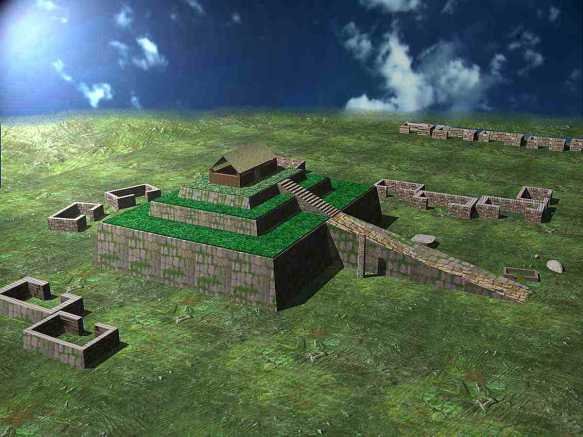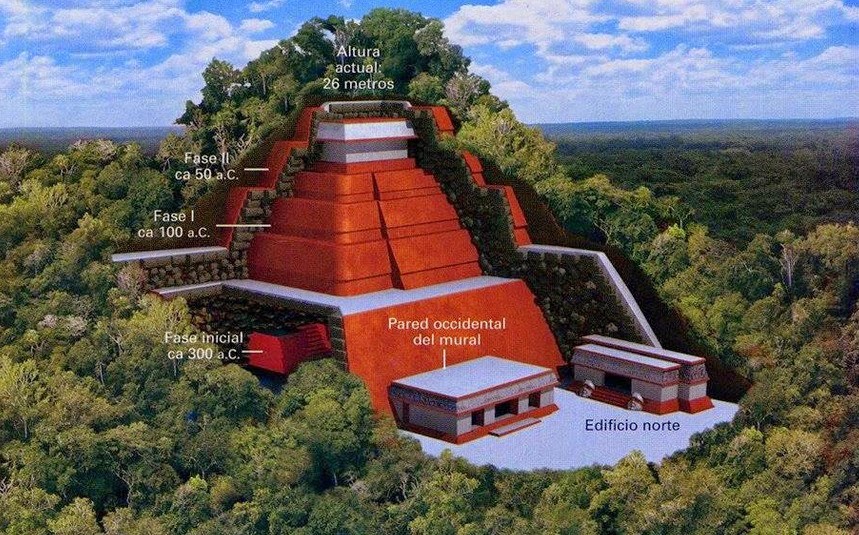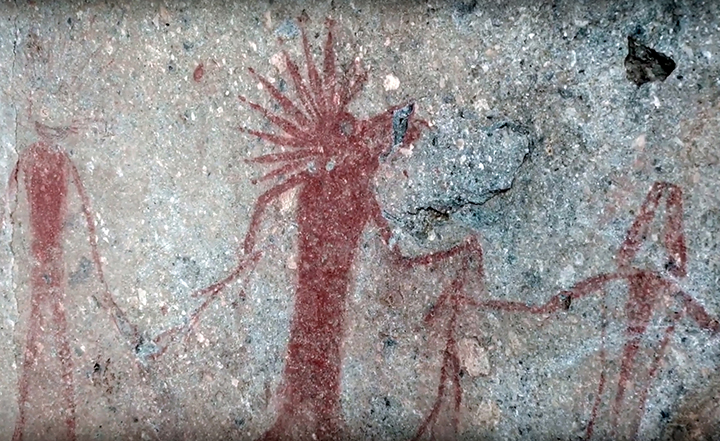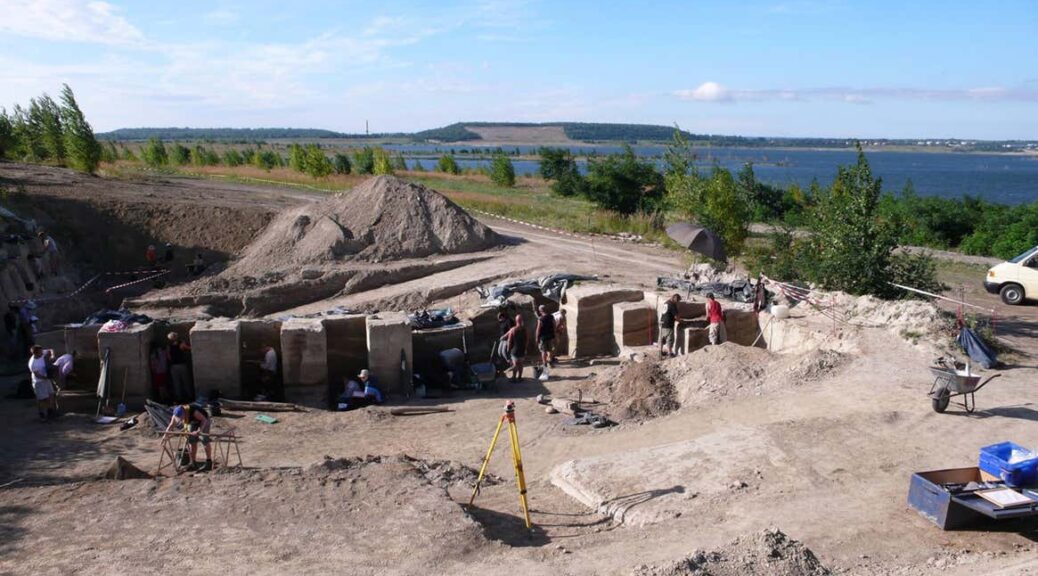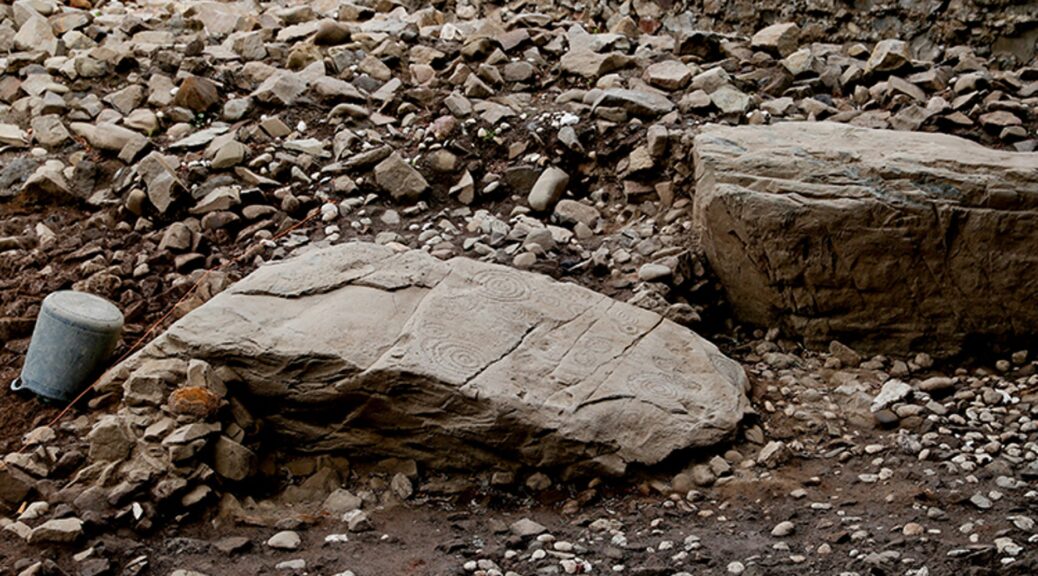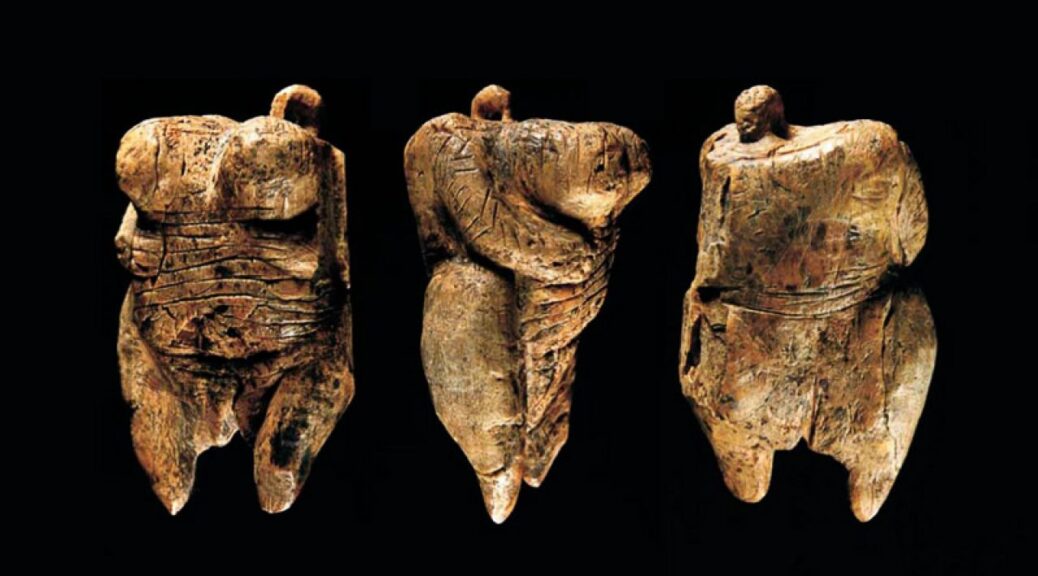Could cosmic rays unlock the secret tomb of China’s Qin Shi Huang guarded by terracotta warriors?
Cosmic rays may be used to scan the sealed tomb of China’s First Emperor — long rumoured to contain deadly traps and an ancient map with liquid mercury rivers. Buried under a 249-feet-high pyramidal mound, the tomb lies within a necropolis in Xi’an’s Lintong District and is famously guarded by the Terracotta Army.
Found in their thousands to the tomb’s east, as if to protect Qin Shi Huang in death from the eastern states he conquered in life, each statue was once brightly painted. However, exposure to the dry Xi’an air before appropriate conservation techniques had been devised meant that most of the soldiers’ colours faded after recovery.
For this reason, Chinese officials have long been reluctant to allow the tomb itself to be unearthed until they can guarantee the preservation of any artefacts within. However, new proposals would see subatomic particle detectors placed beneath the 2,229-year-old tomb to map out the structure’s layout in three dimensions.
Qin Shi Huang (259–210 BCE) succeeded in conquering and unifying the whole of China in 221 BCE, creating an empire that lasted for some two millennia.
His other achievements including starting construction on the Great Wall of China, establishing a nationwide road network and standardising writing and units.
His lavish burial site was unearthed in 1974 and has inspired both films and video games, including instalments in both The Mummy and Indiana Jones franchises.





When high-energy cosmic rays from space interact with Earth’s atmosphere, they create a shower of subatomic particles, including some called ‘muons’.
The scanning technique — ‘muon tomography’ — works as an X-ray, with detectors measuring the rate at which muons are absorbed by the material they pass through.
Just as bones absorb relatively more X-rays than flesh to create contrast in a radiograph, so does stone and metal block the passage of more muons.
The same approach has previously been used, in 2017, to reveal the presence of a previously hidden, 98-feet-long chamber within the Great Pyramid at Giza.
The muon-scanning technique has been proposed by physicist Yuanyuan Liu of the Beijing Normal University and her colleagues, who normally use cosmic rays to investigate the dark matter at the China Jinping Underground Laboratory, which is the world’s deepest cosmic ray facility which is buried some 3.7 miles under the Sichuan province.
‘As an ancient civilisation with a long history, China has a large number of cultural relics that are in need of archaeological research,’ the team told the Times.
‘For the non-intrusive detection of the internal structure of some large artefacts such as imperial tombs, the traditional geophysical methods used in archaeology have certain limitations.
‘The application of muon absorption imaging to the archaeological field can be an important supplement to traditional geophysical methods,’ they concluded.
To put their proposal to the test, the group used existing archaeological and historical data on the mausoleum to build models of the tomb complex.
They then buried these in the ground on top of two muon detectors to show that they could indeed images the chambers in their models.
‘Preliminary imaging results prove the feasibility of muon absorption imaging for the underground chamber of the mausoleum of the First Qin emperor,’ the team said.
The feasibility studies were funded by the central Chinese government.
Based on their tests, the team have concluded that — to scan the real-life tomb — at least two muon detectors, each of which is about the size of a washing machine, would need to be placed in different locations within 328 feet (100 metres) of the tomb’s surface.
This is not the first time that archaeologists and other scientists have tried to use non-invasive methods to map out the inside of Qin’s tomb. Unfortunately, most approaches have limitations that make them difficult to apply to the mausoleum’s particular circumstances.
Gravity anomaly detectors are good at detecting changes in density underground — but such are easily affected by environmental disturbances and their range is limited to a small area.

Ground-penetrating radar, meanwhile — a favourite of archaeological geophysicists — suffers from a too limited depth to be of much use here.
These studies have succeeded in revealing, however, that an underground complex of some kind and state of preservation does extend some 98 feet beneath the pyramidal mound. Archaeologists believe that there is a good chance that the subterranean chambers may still be intact. Certainly, no evidence has been found that graverobbers have ever succeeded in tunnelling their way into the tomb.
Geophysicist Yang Dikun of the Southern University of Science and Technology in Shenzhen — who was not involved in the present study — told the South China Morning Post that the latest proposal to scan the Emperor’s tomb was feasible.
‘The muon detectors that we build and use for fieldwork nowadays have become so small they can be carried around by a child,’ he commented.
However, Dr Yang warned, the cosmic ray approach is not without potential challenges — the main one being that the detectors have to be physically emplaced underneath the mausoleum complex without damaging it or the artefacts within.
It also required considerable patience, he added. Unlike other imaging techniques, muon tomography is far from instantaneous, and the detectors will need to operate until they have racked up enough particle counts for meaningful analysis.
In fact, simulations by Dr Liu and her team have suggested that — to produce a clear image of the tomb’s structure — the detectors would need to be left in place for at least one year. The full findings of the study were published in the journal Acta Physica Sinica.

